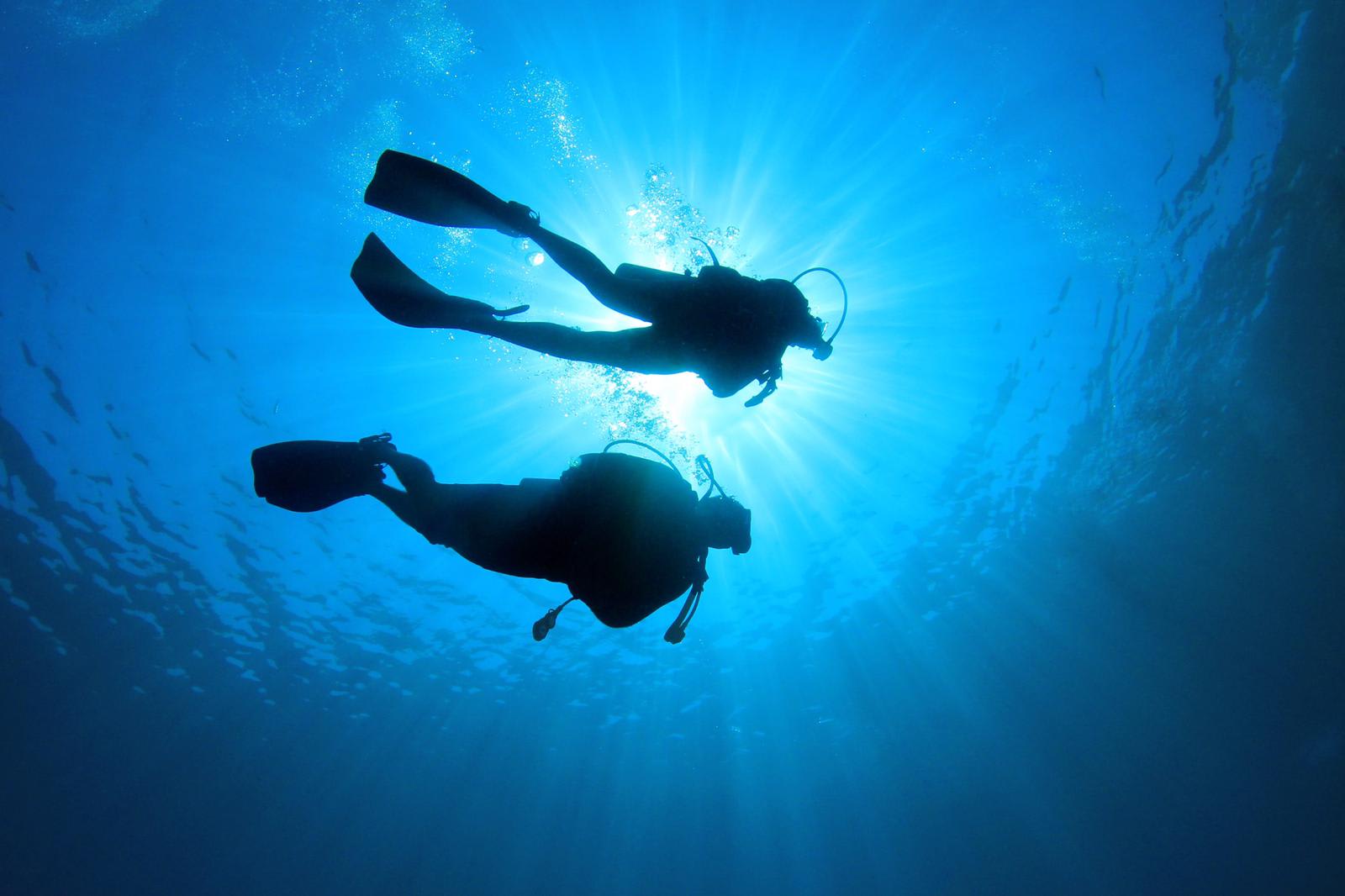Saona Island’s Scuba diving, located off the southeastern coast of the Dominican Republic, is a paradise for scuba diving enthusiasts. Known for its vibrant coral reefs, crystal-clear waters, and diverse marine life, Saona Island offers an unforgettable diving experience. However, before you embark on this underwater adventure, it’s essential to know the requirements and preparations needed for scuba diving around Saona Island. Here’s everything you need to know to make your dive both safe and enjoyable.

1. Scuba Diving Certification
Before diving into the waters around Saona Island, you must have a scuba diving certification. The most commonly recognized certifications are provided by organizations like PADI (Professional Association of Diving Instructors) and SSI (Scuba Schools International). These certifications ensure that you have received the necessary training, understand the basic safety procedures, and know how to use the diving equipment properly.
If you are not certified yet, many dive centers in the Dominican Republic offer beginner courses that include both theoretical lessons and practical training. Completing one of these courses will prepare you to dive safely and confidently.
2. Physical Fitness and Health Requirements
Scuba diving is a physically demanding activity that requires a certain level of fitness. You should be in good health and free from any medical conditions that could be affected by pressure changes underwater, such as asthma, heart problems, or ear issues. It’s recommended to get a medical check-up before diving, especially if you have any existing health concerns.
While most people can enjoy scuba diving, it is essential to be comfortable in the water and have basic swimming skills. You don’t need to be an expert swimmer, but you should be able to float, tread water, and swim at least 200 meters unaided.
3. Age Requirements
Most dive centers around Saona Island have age restrictions for scuba diving. Generally, the minimum age is 10 years old, but this can vary depending on the dive center and the level of the dive. For younger children, snorkeling might be a more suitable alternative, allowing them to explore the underwater world safely from the surface.
For those under 18, a parent or guardian will usually need to provide consent. It’s always best to check with the specific dive center to understand their requirements.
4. Choosing the Right Dive Center
Selecting a reputable dive center is crucial for a safe and enjoyable experience. Look for centers with certified instructors, good reviews, and modern equipment. Ensure that the dive center you choose follows all safety protocols and has emergency procedures in place. It’s also a good idea to ask about the size of the dive groups; smaller groups generally offer a more personalized and safer experience.
The staff at these centers can also guide you on the best dive sites around Saona Island, depending on your experience level and interests.
5. Understanding Diving Equipment
Before diving, you’ll need to familiarize yourself with the necessary equipment: a mask, fins, wetsuit, regulator, buoyancy control device (BCD), and a tank filled with compressed air. Most dive centers provide rental equipment as part of their packages, but it’s essential to check the quality and condition of the gear.
Make sure your mask fits snugly, the fins are comfortable, and the wetsuit is the right size for the water temperature. Learning how to properly use each piece of equipment is critical to having a safe and enjoyable dive.
6. Dive Briefing and Safety Protocols
Before every dive, the instructor will conduct a dive briefing to go over the dive plan, maximum depth, bottom time, and potential hazards. Pay close attention to this briefing, as it’s vital for your safety. The briefing will also cover hand signals used underwater to communicate, which is essential since you cannot speak while diving.
Additionally, be aware of the buddy system – always dive with a partner and maintain visual contact throughout the dive.
7. Environmental Awareness and Conservation
Saona Island is part of the Cotubanamá National Park, a protected marine area. Respecting the environment is an essential requirement for diving in this region. Do not touch or disturb marine life, avoid kicking up sand that can damage coral, and never take anything from the ocean.
Participating in eco-friendly diving practices helps preserve the beauty and biodiversity of Saona Island’s underwater world for future generations.
Conclusion
Diving Dr offers a unique opportunity to explore a rich underwater landscape teeming with life. By understanding and adhering to these requirements, you can ensure a safe, enjoyable, and responsible diving experience. Whether you are a seasoned diver or a beginner, Saona Island’s clear waters and stunning marine life make it a must-visit destination for any scuba enthusiast. Happy diving!
